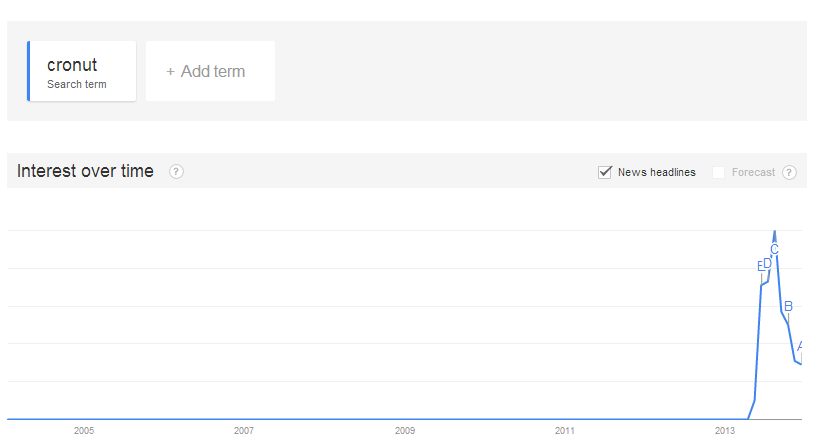Thomas the Think Engine takes on an economic analysis of food trends and the growth in American barbecue in Melbourne, and it’s really quite wrong.
The whole city is suddenly buzzing with American cuisine – and just a few short years ago, that would have seemed like an oxymoron.
The reason is one restaurateurs almost grasp.
“Alabama-born, Dallas-raised Jeremy Sutphin, chef at Le Bon Ton, attributes it to adventure and awareness. ”I’ve been here eight years and the palates are searching for something different – and people are becoming more aware.” “
He’s right about that awareness. Australia’s knowledge of America is now a lot deeper and wider – we’ve now been to America enough that we’ve ventured beyond LA and New York.
He draws a link between travel to different countries and the perception of increased interest in their food. The problem is that the food trends that get written about in the Australian food press from Broadsheet to Epicure bear absolutely no relationship to how the vast majority of Australians eat in restaurants. They bear something of a relationship to how a minority of inner city urbanites eat in the short term, but even then, they’re a terrible guide. Claire from Melbourne Gastronome and I have had a running joke that every year since 2004 someone in Epicure has announced that this will be the year of Peruvian food, but that never happens. I’m still waiting for my plate of delicioso cuy con papas.
Actual food trends are long term and driven by a huge number of factors. If it was as easy as tracking overseas departures, I’d be rich after my investment in an L&P distribution deal. New Zealand is Australia’s biggest destination for short term departures but it’s still pretty tough to get a paua fritter in Melbourne. There probably is a link between Australian travel and interest in foreign food but it isn’t a sufficient condition for it to become popular in Australia.
Here’s a better representation of Australian restaurant trends in Google search data: searches in Australia for different national cuisines in the Restaurants category of Google.
Italian is still dominant with Thai breaking away from Indian and Chinese in mid-2005. Interest in American food has stayed relatively static with some growth in interest since 2011, but not nearly as much as the hype suggests.
For another confirmation of the difference in scale, Urbanspoon lists 1228 Italian restaurants in Melbourne and 131 American restaurants excluding McDonalds, Hungry Jacks, KFC, Subway and Pizza Hut (which should probably also go in the Italian column). Including the chain restaurants, there’s 233. American food is really quite marginal.
When food writers talk about food trends, they’re really talking about a game of cultural capital to distinguish themselves and their readers from others, rather than what most people eat or will be eating in the future. Food writers are talking about American food because it distinguishes them from the mass of people who still love a creamy carbonara and Hawaiian pizza from their local Italian joint. The easiest way to predict what food writers will call a trend next is to see which restaurants open within walking distance from their house or office.
